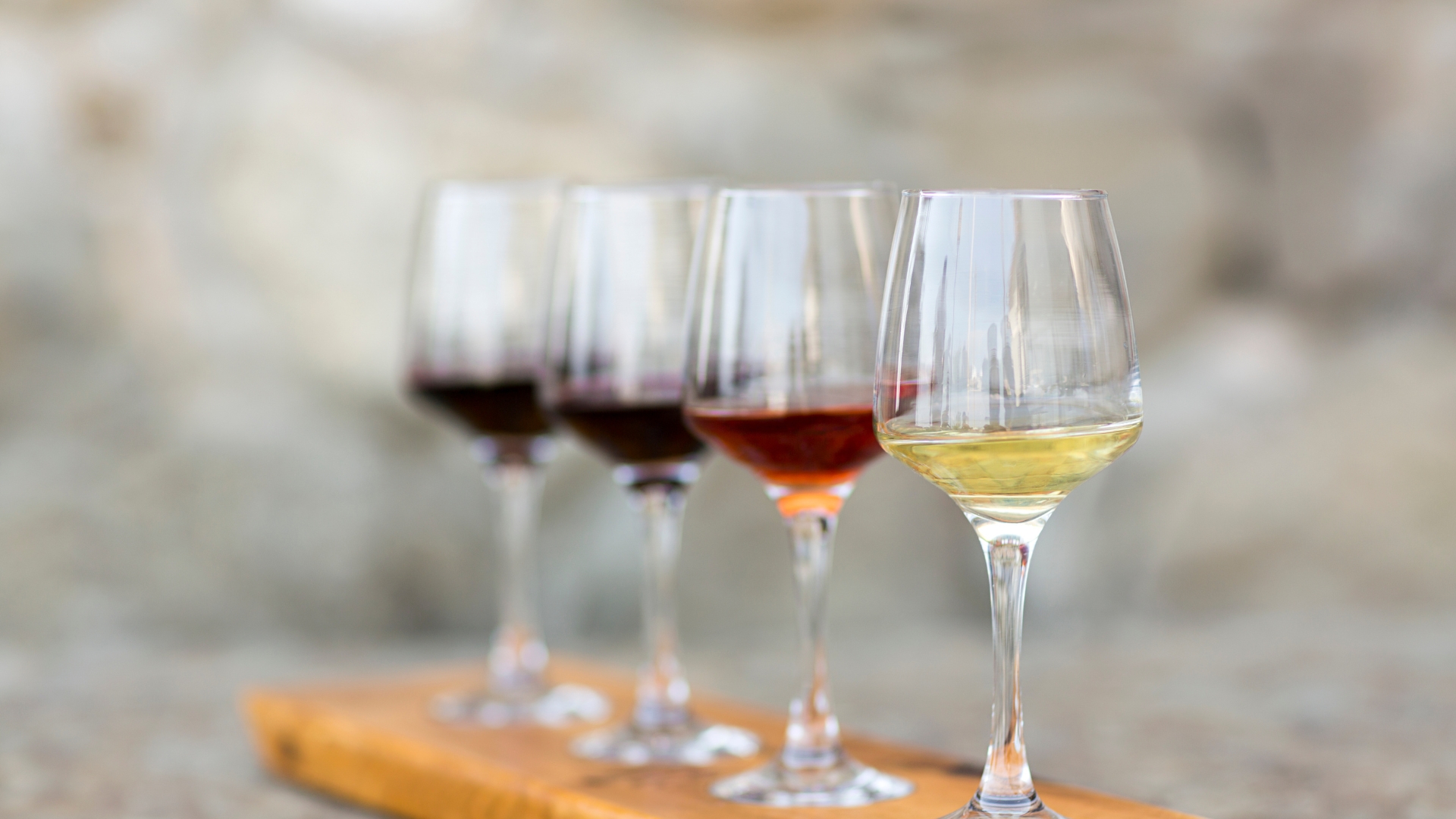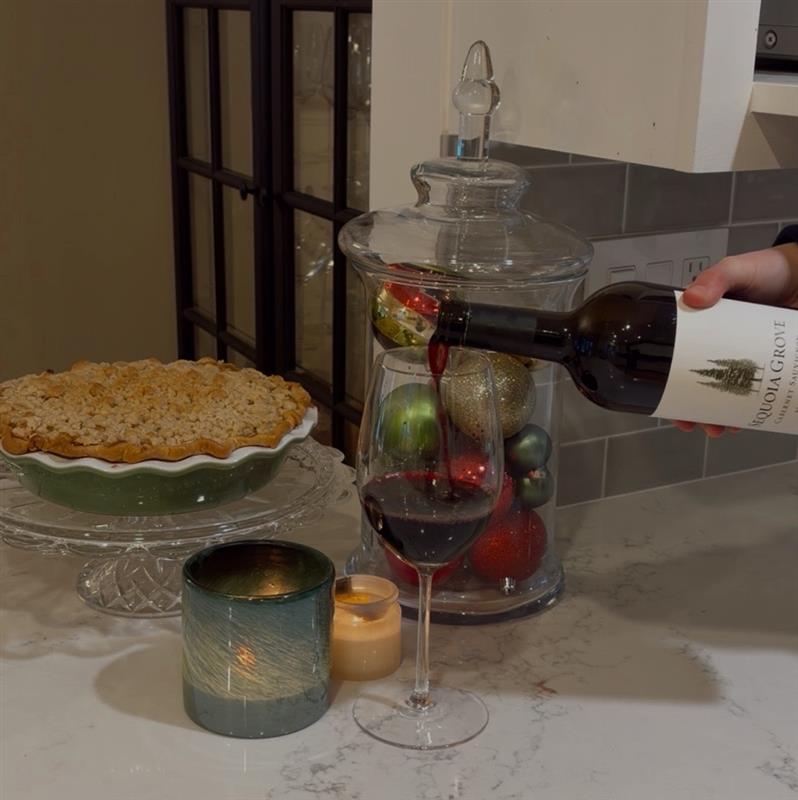Every wonder what it means when they say a wine is dry? In the process of alcoholic fermentation, yeast eats the sugar in the grape juice which then produces alcohol and CO2.
A dry wine has little to no residual sugar because the yeast consumes nearly all of the natural grape sugars during fermentation. Although a small amount of sugar may remain, it is not enough to make the wine taste sweet, so it is considered dry.
The Seeker Sauvignon Blanc is a great example of a dry wine
A sweet wine contains higher levels of residual sugar, which gives it its noticeable sweetness. This can happen naturally when the yeast doesn’t consume all of the grape sugars during fermentation, leaving some behind. In other cases, a winemaker may enhance sweetness by adding sugar to an otherwise dry wine.

Caposaldo Moscato is a perfect example of sweet wine





